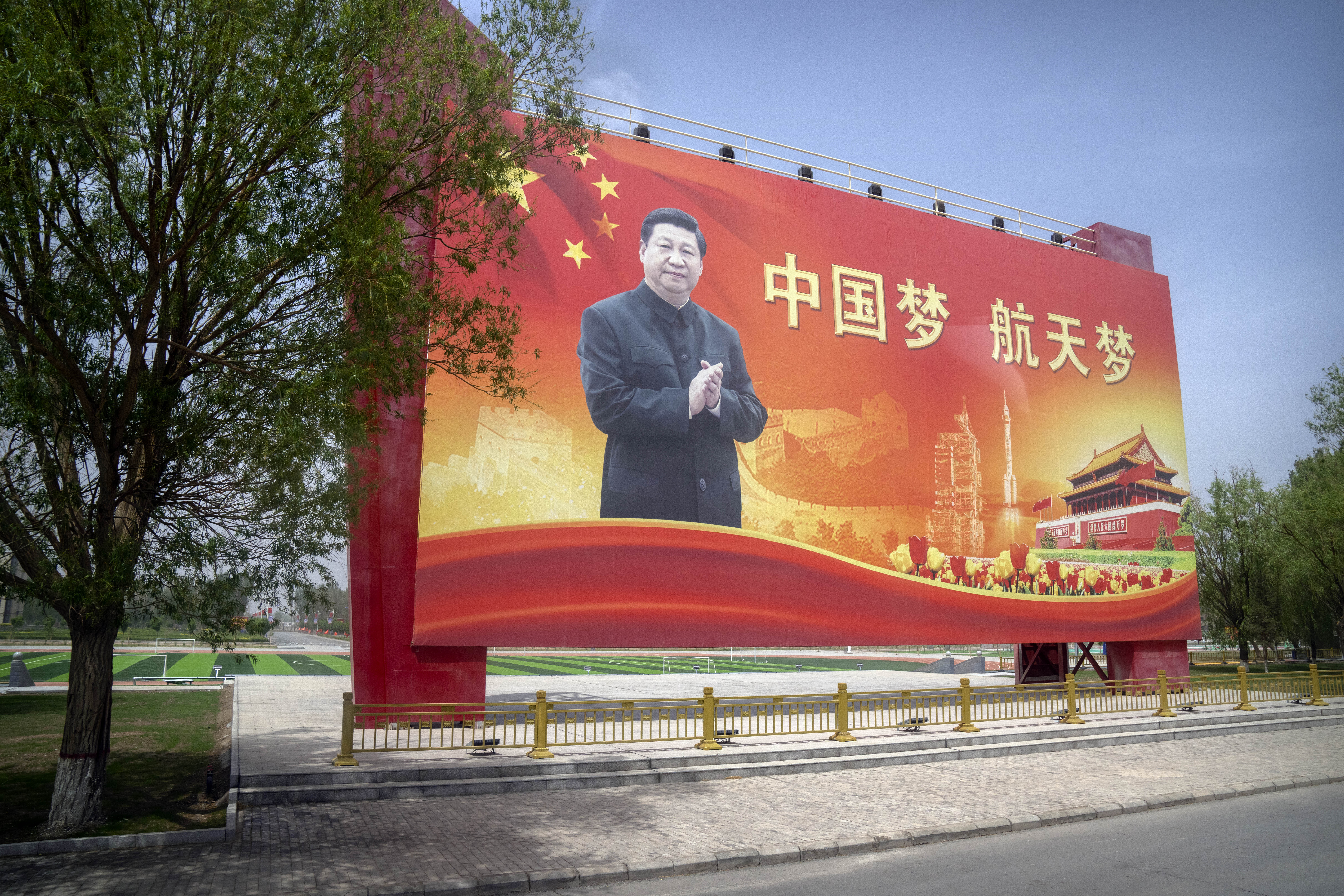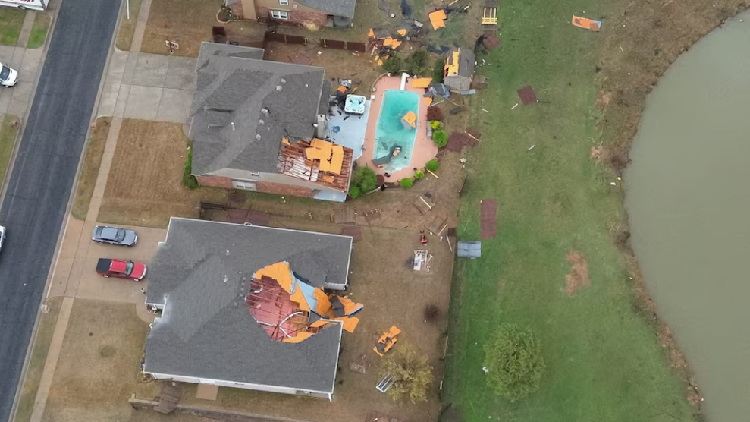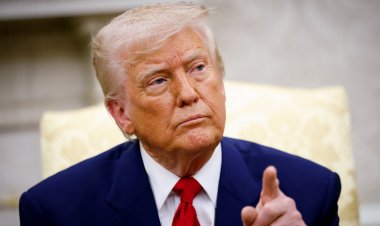China plans to land astronauts on moon before 2030
It also plans to expand its orbiting space station.


BEIJING — China’s burgeoning space program plans to place astronauts on the moon before 2030 and expand the country’s orbiting space station, officials said Monday.
Monday’s announcement comes against the background of a rivalry with the U.S. for reaching new milestones in outer space, reflecting their competition for influence on global events.
That has conjured up memories of the space race between the U.S. and the former Soviet Union in the 1960s and 1970s, although American spending, supply chains and capabilities are believed to give it a significant edge over China, at least for the present.
The U.S. aims to put astronauts back on the lunar surface by the end of 2025 as part of a renewed commitment to crewed missions, aided by private sector players such as SpaceX and Blue Origin.
The deputy director of China’s space agency confirmed the twin objectives at a news conference but gave no specific dates.
The agency also introduced three astronauts who will head to the country’s space station in a launch scheduled for Tuesday morning. They’ll replace a crew that’s been on the orbiting station for six months.
China is first preparing for a “short stay on the lunar surface and human-robotic joint exploration,” Deputy Director of the Chinese Manned Space Agency Lin Xiqiang told reporters at the rare briefing by the military-run program.
“We have a complete near-Earth human space station and human round-trip transportation system,” complemented by a process for selecting, training and supporting new astronauts, he said. A schedule of two crewed missions a year is “sufficient for carrying out our objectives,” Lin said.
The Tiangong space station was said to have been finished in November when the third section was added.
A fourth module will be launched “at an appropriate time to advance support for scientific experiments and provide the crew with improved working and living conditions,” Lin said.
The trio being launched aboard the Shenzhou 16 craft will overlap briefly with the three astronauts who have lived on the station for the previous six months conducting experiments and assembling equipment inside and outside the vehicle.
The fresh crew includes a civilian for the first time. All previous crew members have been in the People’s Liberation Army, the military wing of the country’s ruling Communist Party.
Gui Haichao, a professor at Beijing’s top aerospace research institute, will join mission commander Jing Haipeng and spacecraft engineer Zhu Yangzhu as the payload expert.
Speaking to media at the launch site outside the northwestern city of Jiuquan, Jing said the mission marked “a new stage of application and development,” in China’s space program.
“We firmly believe that the spring of China’s space science has arrived, and we have the determination, confidence, and ability to resolutely complete the mission,” said Jing, a major general who has made three previous space flights.
China’s first manned space mission in 2003 made it the third country after the Soviet Union (April 1961, Yuri Gagarin) and the United States (May 1961, Alan Shepard) to put a person into space.
China built its own space station after it was excluded from the International Space Station, largely due to U.S. objections over the Chinese space programs’ intimate ties to the PLA.
Discover more Science and Technology news updates in TROIB Sci-Tech












